Remember when “small-town Main Street” conjured images of boarded-up storefronts, a single sad diner, and tumbleweeds doing their best impression of urban planning? Well, plot twist: those days are officially over. America’s coolest small towns have cracked the code on revitalization, and their Main Streets are now the kinds of places that make city dwellers question their life choices and consider careers in artisanal soap making.
These aren’t your grandmother’s sleepy town centers (though your grandmother would probably love the new craft cocktail bars). We’re talking about Main Streets where century-old buildings house cutting-edge restaurants, where tech entrepreneurs work from coffee shops in converted banks, and where the local bookstore stays open late for wine tastings and poetry slams. It’s like someone took the best parts of urban living and transplanted them to places where you can actually find parking.
The secret ingredient? A perfect storm of remote work flexibility, affordable real estate, and a new generation of entrepreneurs who’ve discovered that you don’t need to live in a concrete jungle to build something amazing.
The New Rules of Cool: What Makes a Main Street Hot Right Now

Forget everything you thought you knew about small-town revival. Today’s coolest Main Streets aren’t trying to recreate some Norman Rockwell fantasy or compete with big cities on their own terms. Instead, they’re writing their own playbook, one that combines authentic local character with the amenities and energy that modern life demands.
The formula seems to be: take historic architecture, add local entrepreneurs with big ideas, mix in some serious coffee, sprinkle with unexpected cultural offerings, and somehow make it all feel effortlessly authentic. The result? Main Streets that feel both timeless and completely of-the-moment.
Hudson, New York

Two hours north of Manhattan, Hudson’s Warren Street has become the unofficial headquarters of the “sophisticated small town” movement. This former whaling port reinvented itself as an antiques destination, then evolved into something much more interesting. Now you’ll find James Beard Award-winning restaurants next to 200-year-old antique shops, contemporary art galleries in Victorian storefronts, and a general sense that everyone here is either an artist, a chef, or someone who gave up their corner office to open a boutique hotel.
The town attracts weekending New Yorkers, but it’s the year-round residents who give Warren Street its authentic energy. You might overhear conversations about gallery openings at the farmer’s market, or discover that your server at the trendy farm-to-table restaurant is also a sculptor. It’s like Brooklyn, but with better architecture and more reasonable rent.
Marfa, Texas

Marfa’s Main Street (actually called Highland Avenue, but let’s not get technical) proves that sometimes the most unlikely places become cultural phenomenons. This tiny West Texas town, population 1,700, has somehow become an international art destination thanks to minimalist artist Donald Judd, who moved here in the 1970s and created installations that put Marfa on the cultural map.
Today, the main drag balances high art with cowboy culture in a way that somehow works perfectly. You can browse world-class contemporary art, then grab barbacoa tacos from a food truck, then attend a lecture about land art, all while surrounded by the kind of vast desert landscape that makes you understand why artists flock here. It’s pretentious and down-to-earth simultaneously, which might be the perfect description of modern cool.
Beacon, New York
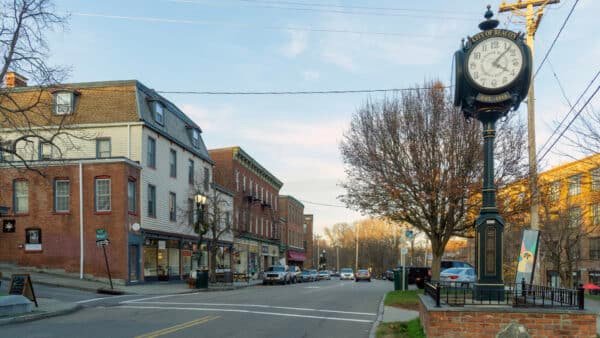
Beacon’s Main Street transformation reads like a case study in thoughtful urban planning. This former industrial town along the Hudson River was struggling until Dia:Beacon, a contemporary art museum housed in a former Nabisco factory, opened in 2003. Suddenly, day-trippers from New York City were discovering Beacon’s walkable downtown and affordable commercial spaces.
The result is a Main Street where you can browse cutting-edge contemporary art, then walk to a gastropub in a converted firehouse, then shop for vintage clothing in a space that used to sell auto parts. The mix of artists, longtime residents, and urban transplants creates an energy that feels both creative and grounded.
Northampton, Massachusetts

Northampton’s Main Street has been cool for decades, but it keeps evolving in ways that maintain its edge. This Western Massachusetts town, anchored by Smith College, has cultivated a vibe that’s equal parts intellectual, artistic, and delightfully eccentric. The main drag is lined with independent bookstores, vintage shops, international restaurants, and venues that host everything from indie rock concerts to spoken word performances.
What makes Northampton special is its commitment to local business and progressive values. Chain stores are rare, local ownership is the norm, and the whole street feels like a continuous festival of ideas and creativity. It’s the kind of place where the conversation at the coffee shop might range from feminist theory to sustainable agriculture to the latest underground band.
Taos, New Mexico
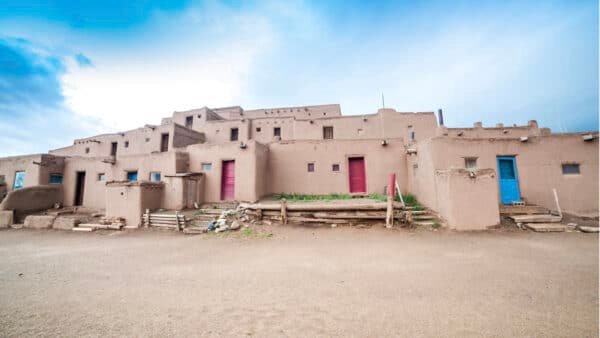
Taos has been attracting artists and spiritual seekers since the early 1900s, but its main plaza and surrounding streets have found a way to honor that legacy while staying relevant to contemporary visitors. The adobe architecture creates a stunning backdrop for galleries, restaurants, and shops that somehow manage to avoid feeling too touristy.
The mix of Native American culture, Hispanic heritage, and Anglo artistic influence creates a unique atmosphere where you might encounter traditional pottery, avant-garde sculpture, and fusion cuisine all within a few blocks. It’s mystical without being silly, artistic without being pretentious, and rooted in genuine cultural traditions that go back centuries.
Woodstock, Vermont
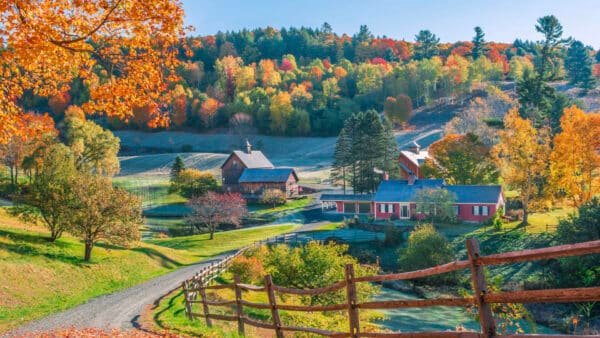
Woodstock’s village green and surrounding streets look like they were designed by someone who really, really understood the assignment of “charming New England town.” But beneath that picture-perfect exterior, Woodstock has quietly modernized in ways that make it genuinely livable rather than just photographable.
The town balances preservation with progress, maintaining its historic character while adding contemporary restaurants, sophisticated shopping, and cultural offerings that keep things interesting. You can admire 18th-century architecture while browsing contemporary art, or enjoy farm-to-table dining in a building that’s been continuously operating since the 1700s. It’s like living inside a postcard, but with really good WiFi
Traverse City, Michigan

Traverse City’s Front Street has transformed from a seasonal tourist strip into a year-round destination that rivals much larger cities for dining and cultural offerings. The town has leveraged its location on Grand Traverse Bay and its agricultural heritage to create a food and wine scene that attracts visitors from Chicago and Detroit.
The downtown balances outdoor recreation culture with sophisticated urban amenities. You can rent a kayak in the morning, browse art galleries in the afternoon, attend a concert at a historic opera house in the evening, and cap it all off with craft cocktails at a speakeasy-style bar. It’s like someone took the best parts of Michigan and concentrated them into a few walkable blocks.
McMinnville, Oregon

McMinnville’s Third Street proves that wine country cool doesn’t require Napa Valley prices. This Willamette Valley town has become the unofficial capital of Oregon wine country, but its downtown maintains a refreshingly unpretentious vibe that feels more authentic than exclusive.
The main street mixes wine tasting rooms with local restaurants, vintage shops, and cultural venues in a way that feels organic rather than manufactured. You can taste world-class Pinot Noir, then browse for rare books, then catch a indie film at the historic movie theater. It’s sophisticated without being stuffy, wine-focused without being one-dimensional.
Galena, Illinois
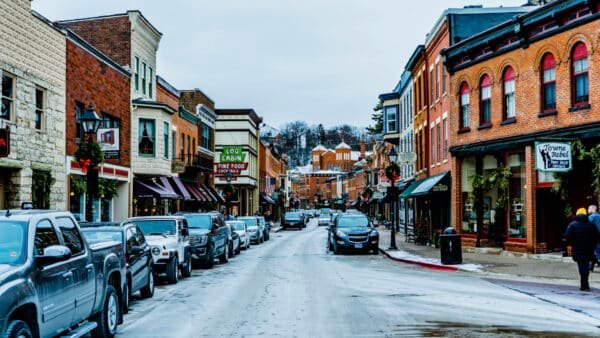
Galena’s Main Street looks like a movie set for “The Perfect Small Town,” and the remarkable thing is that it’s completely authentic. This former lead mining boom town preserved its 19th-century architecture through decades of economic decline, and now that preservation is paying off as tourists and new residents discover its charm.
The town has managed to revitalize without sacrificing its character. The historic buildings now house contemporary restaurants, boutique shops, and galleries, but they’ve maintained their architectural integrity. It’s like time travel, but with modern plumbing and excellent coffee. The result is a Main Street that feels both historic and completely current.
Bisbee, Arizona

Bisbee’s Main Street winds through the mountains of southern Arizona like something from a fever dream. This former copper mining town has reinvented itself as an artists’ haven, with galleries, studios, and performance spaces tucked into buildings that once housed mining operations.
The town’s eccentric character attracts creative types who’ve created a thriving arts scene in an unlikely location. You might encounter everything from avant-garde theater to traditional southwestern crafts, often in the same afternoon. It’s weird in the best possible way, with a community that celebrates creativity and individuality.
Bar Harbor, Maine
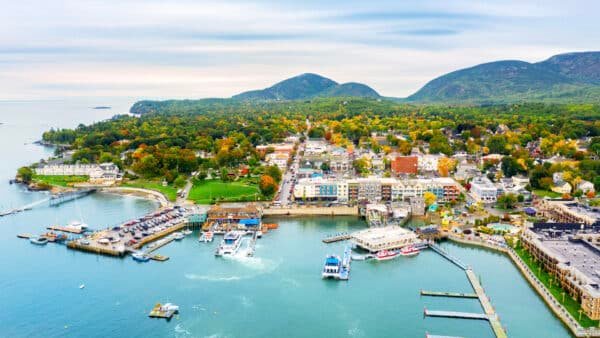
Bar Harbor’s cottage street and surrounding downtown have managed the difficult task of serving millions of Acadia National Park visitors while maintaining genuine local character. The town has avoided the tourist trap fate that befalls many gateway communities by nurturing local businesses and authentic cultural offerings.
The result is a downtown where you can find both excellent lobster rolls and sophisticated contemporary cuisine, both touristy souvenir shops and genuine local art galleries. It’s the rare tourist destination that locals actually enjoy, creating an energy that feels welcoming rather than manufactured.
The Future of Small-Towns

These Main Streets represent more than just successful downtown revitalization, they are models for how communities can thrive in the modern economy while maintaining their distinctive character. It is amazing to see some of these run down towns all of sudden be thriving once again. They prove that cool isn’t about size or location; it’s about authenticity, creativity, and community.
As remote work becomes more permanent and people increasingly prioritize quality of life over career advancement, these small-town Main Streets are positioned to attract even more residents and visitors who appreciate their unique blend of small-town charm and big-city sophistication.
The renaissance of small-town Main Streets is really a story about rediscovering what makes places special: authentic character, genuine community, and the kind of human-scale environments where creativity and connection can flourish. These streets prove that sometimes the coolest places are the ones that remember what made them special in the first place.
